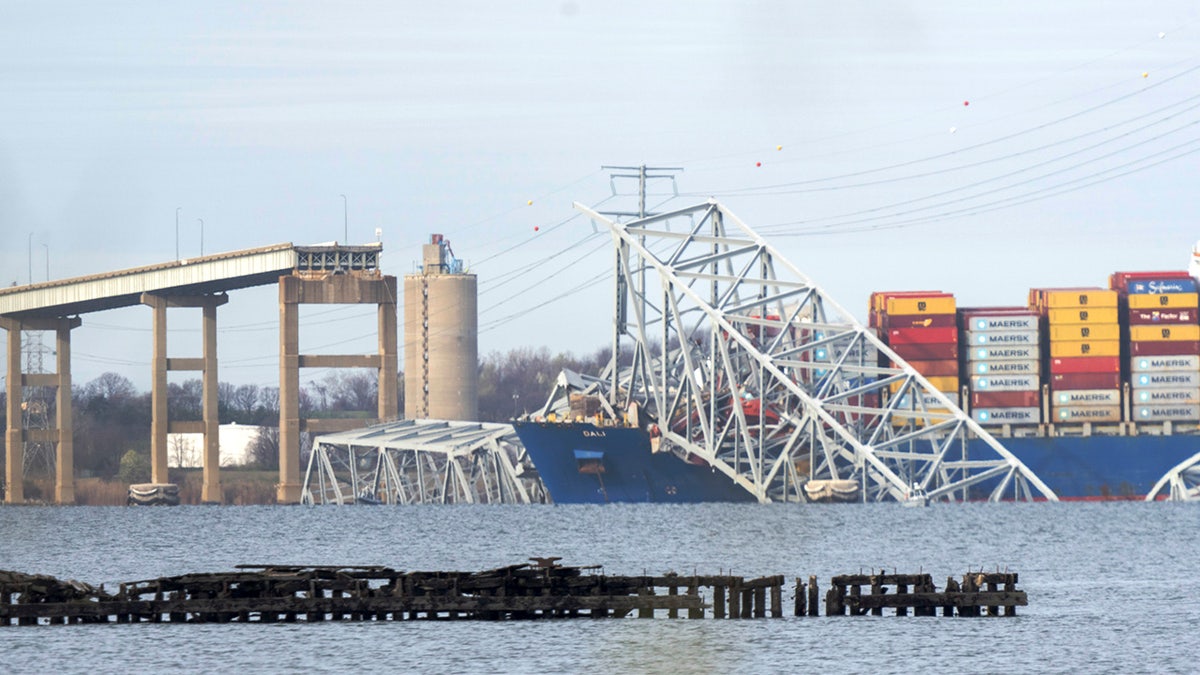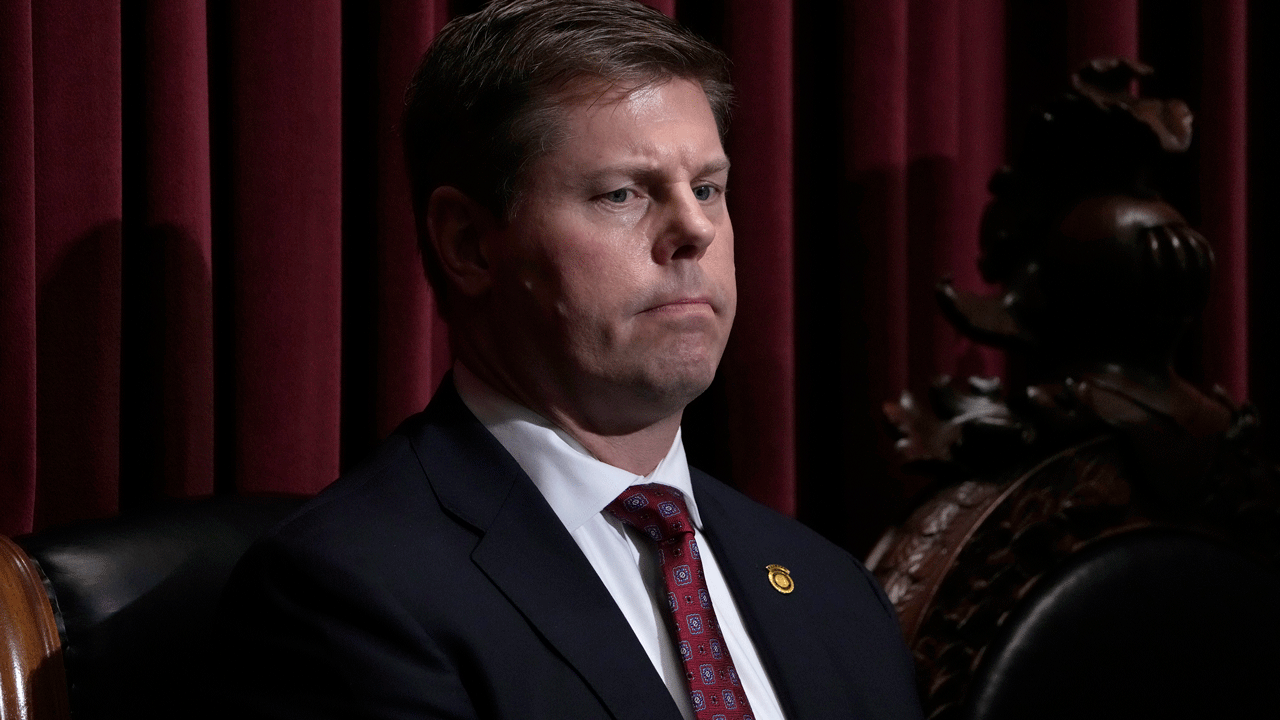Maryland lawmakers pass bill to support port employees after Baltimore bridge collapse

Maryland’s Democrat-controlled legislature approved a bill on Monday to aid employees at the Port of Baltimore affected by the Francis Scott Key Bridge collapse.
The bridge collapse on March 26 and its impact on a key economic engine led lawmakers to act in the last two weeks of the legislative session.
The bill authorizes use of the state’s rainy day fund to support port employees who are out of work and are not covered under unemployment insurance while the port is closed or partially closed.
MARYLAND LAWMAKERS FOCUS ON BRIDGE COLLAPSE RELIEF AS LEGISLATIVE SESSION CLOSES
“This is going to make a difference for our workers,” Baltimore County Republican Sen. Johnny Ray Salling told reporters Monday.
The bill also allows the governor to use state reserves to help some small businesses avoid firing workers and to encourage companies that relocate to other ports to return to Baltimore when the port reopens.
“We’re proud of the fact that we as an administration and we as a state have been able to respond to the crisis of the Key Bridge, while also not losing sight that we have an aggressive legislative package that we have to get across the finish line, and we’re proud of the results,” Democrat Gov. Wes Moore told reporters.
Moore is expected to sign the emergency legislation Tuesday, which would immediately put the bill into effect.
CREWS BEGIN TO REMOVE CONTAINERS FROM BARGE THAT HIT BALTIMORE BRIDGE

“Tomorrow, I will proudly sign the PORT Act into law,” the governor wrote Monday night on X, formerly Twitter. “This legislation will support businesses and workers who have been affected by the Key Bridge’s collapse.”
Lawmakers also gave final approval to the state’s $63 billion budget on Friday, agreeing to some tax and fee increases to help pay for transportation and education.
The Associated Press contributed to this report.
Read the full article here








